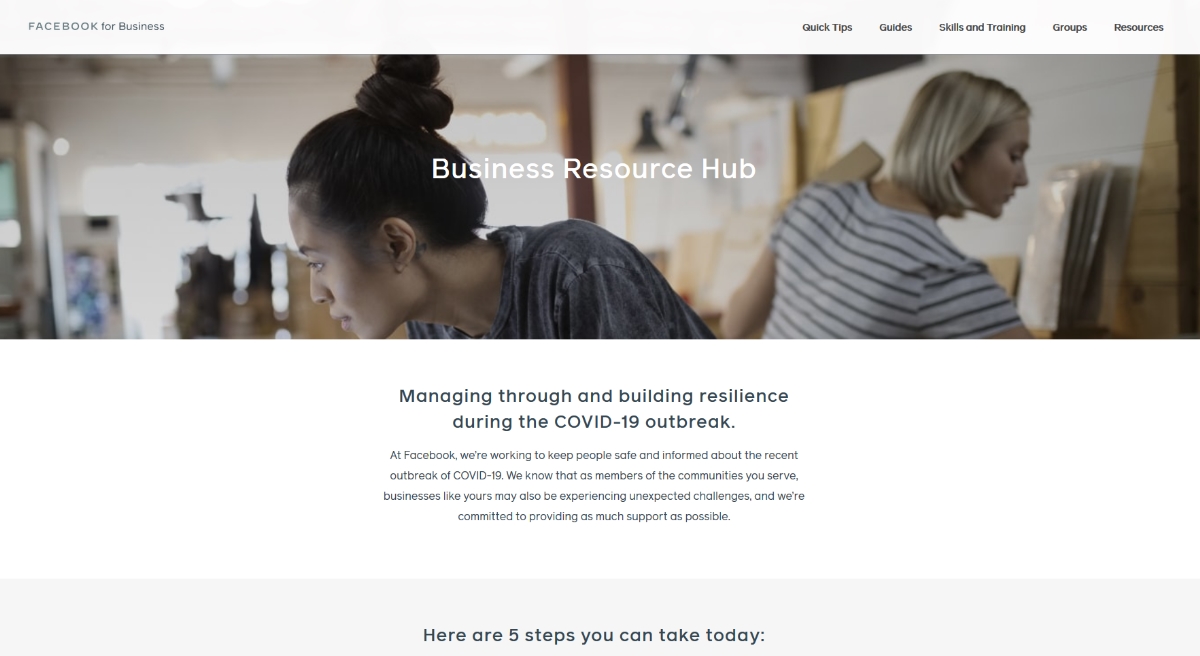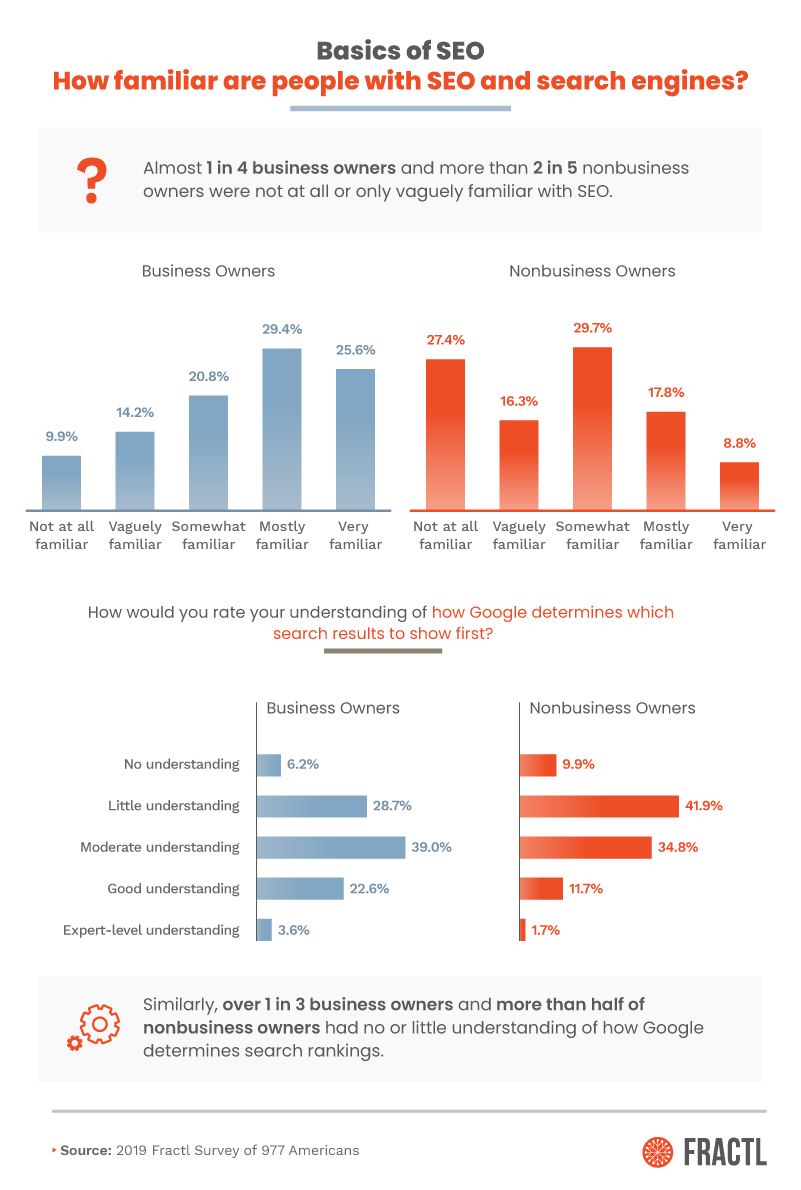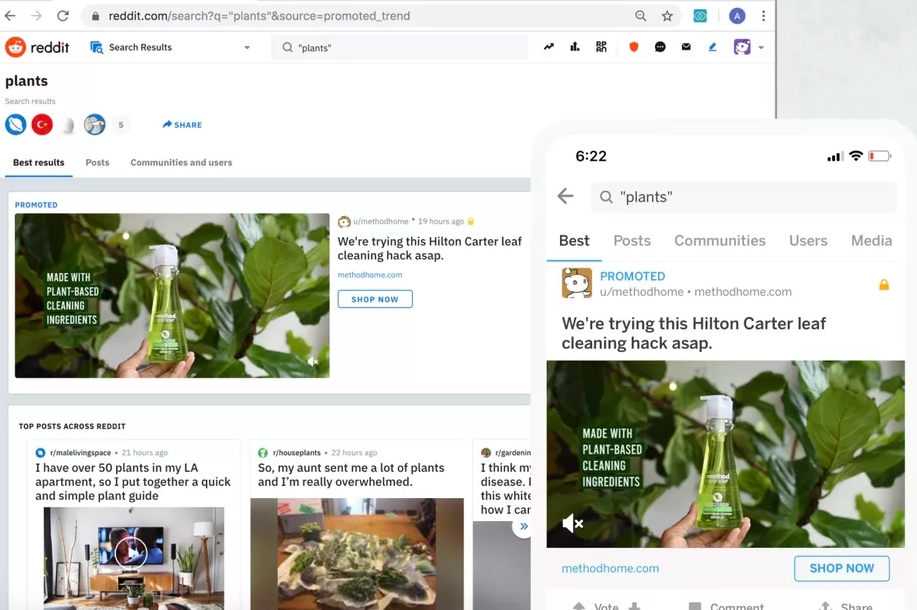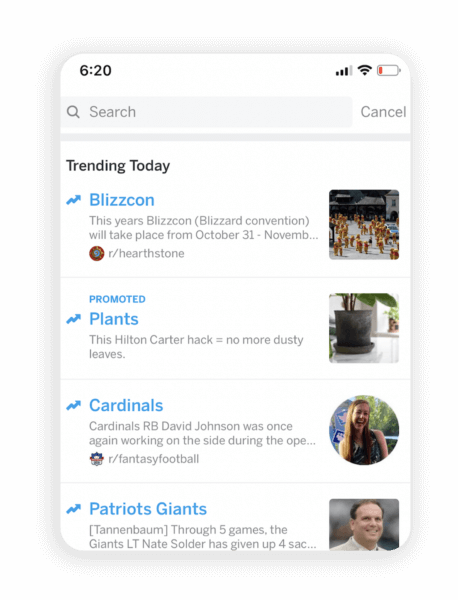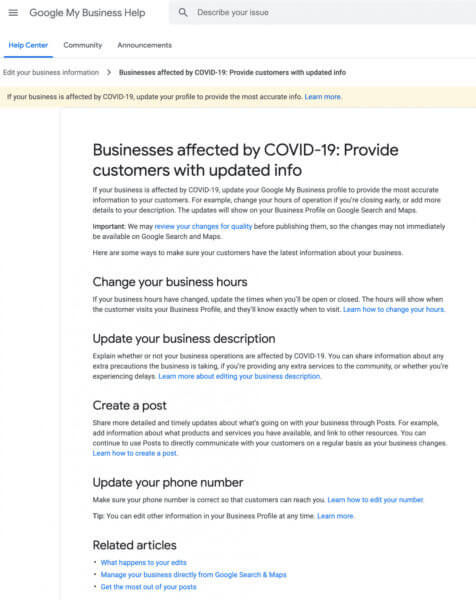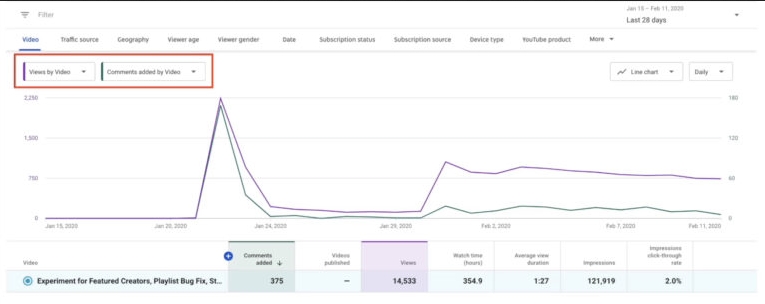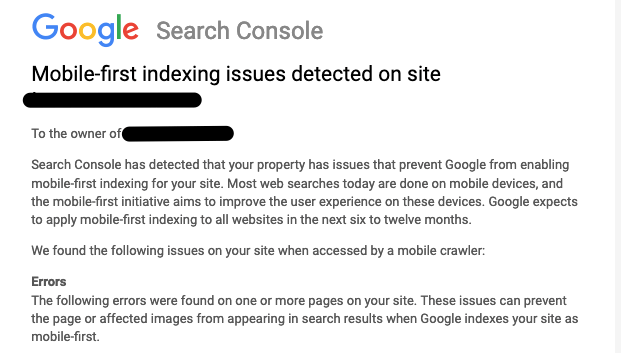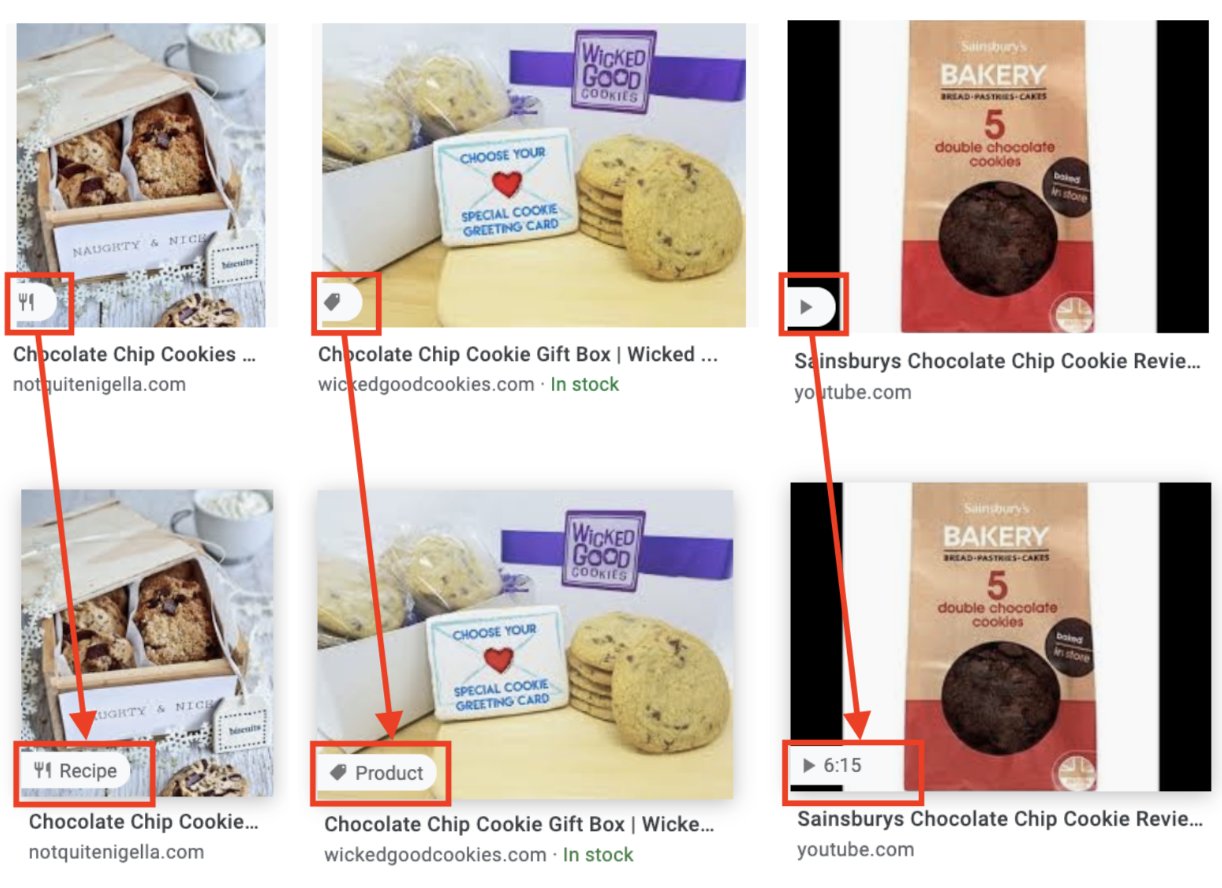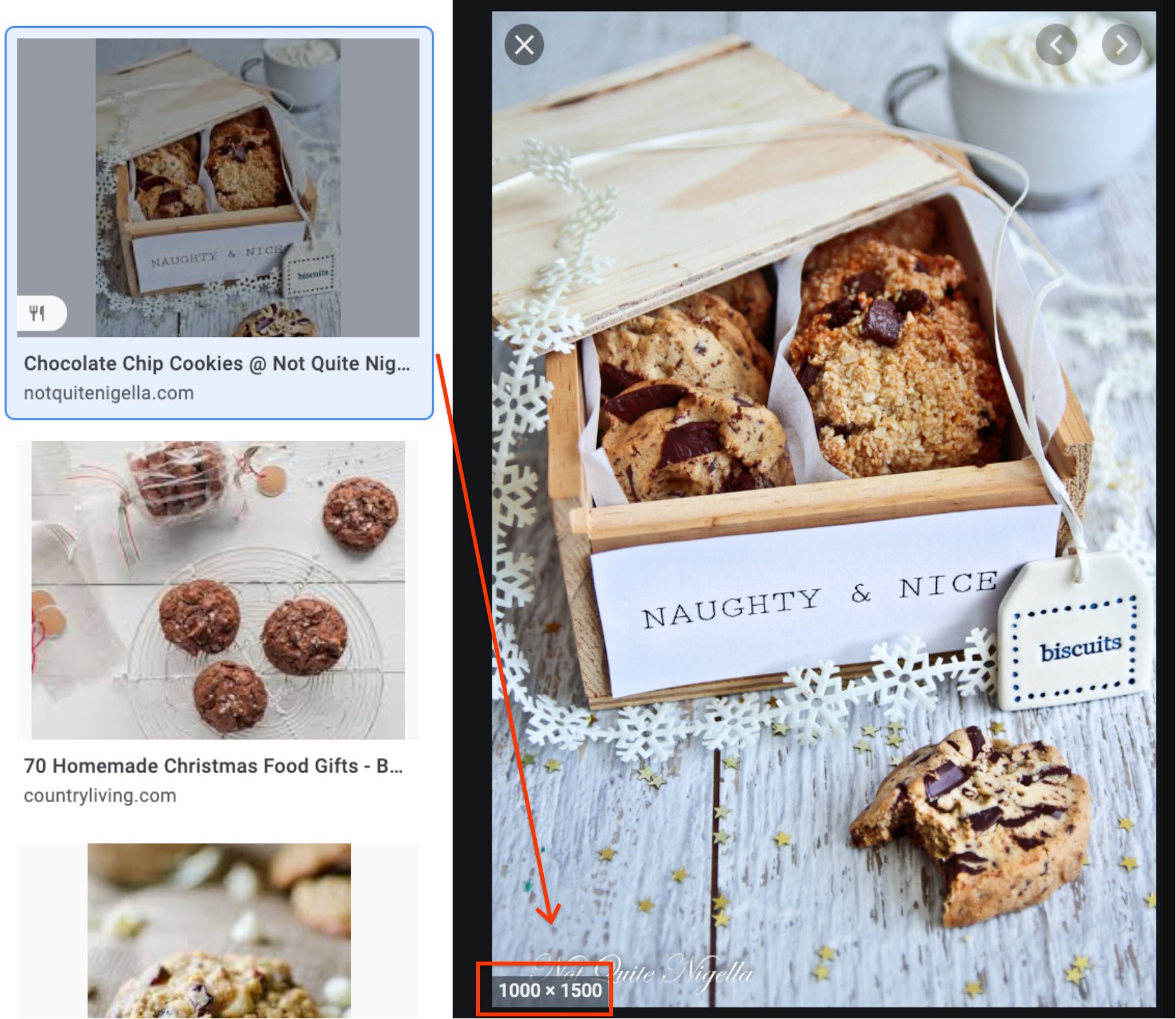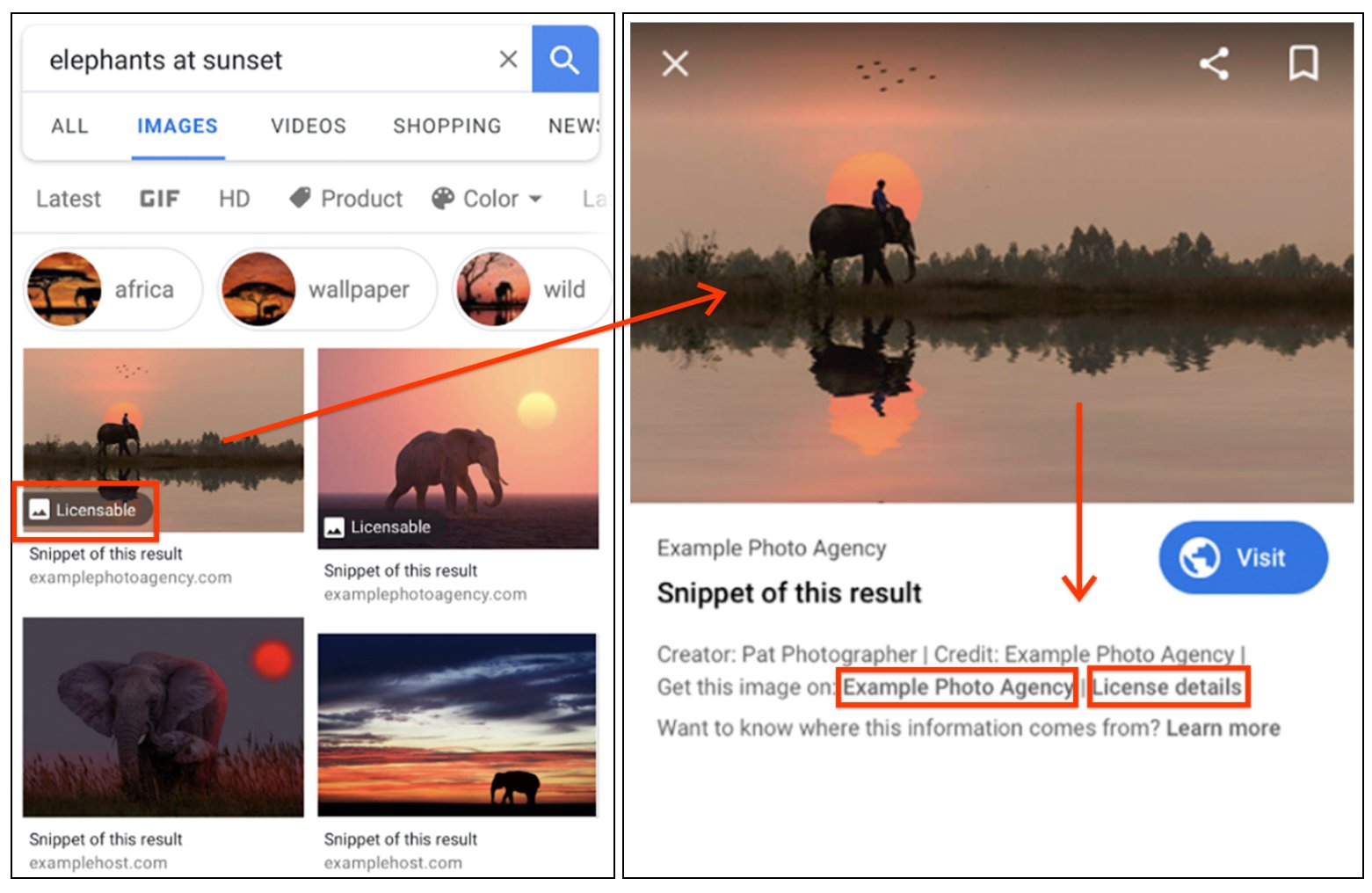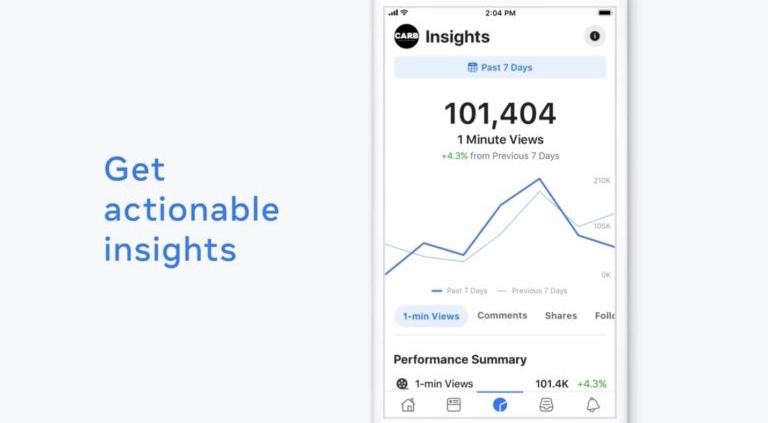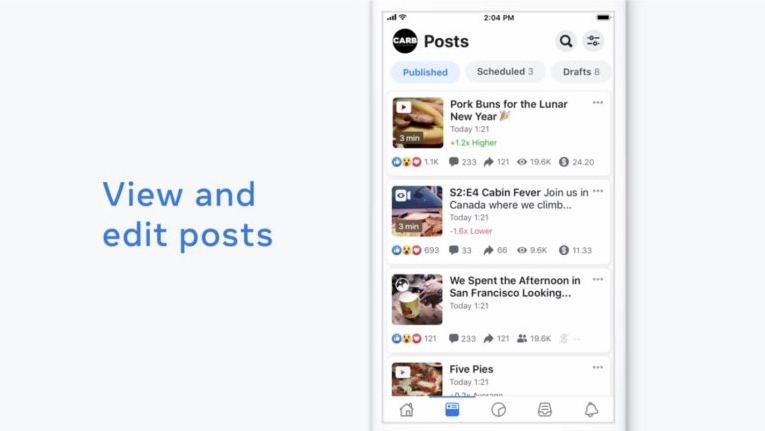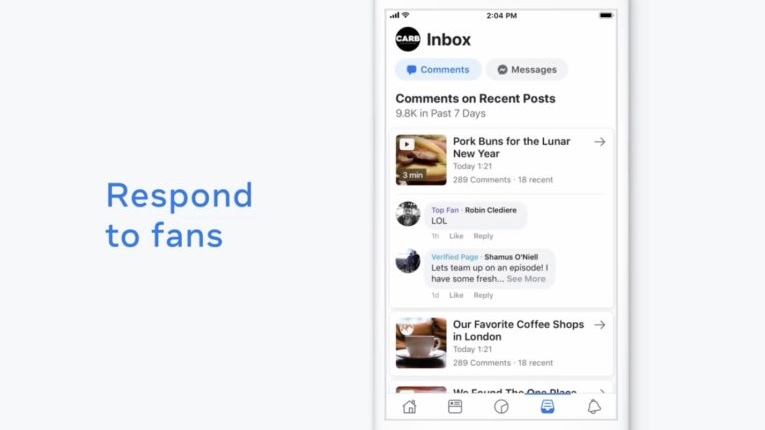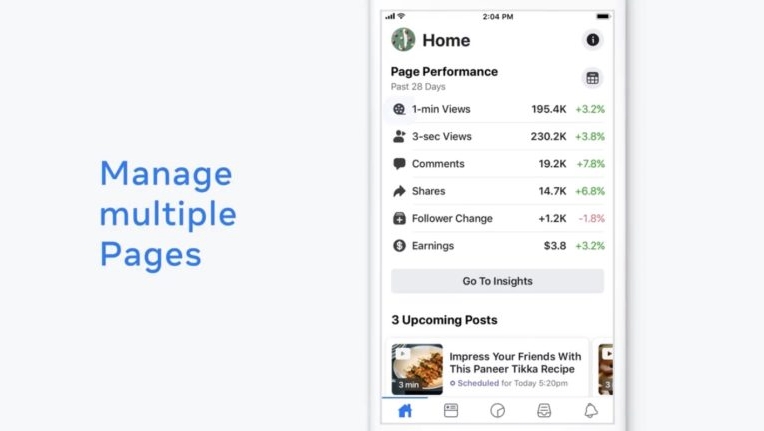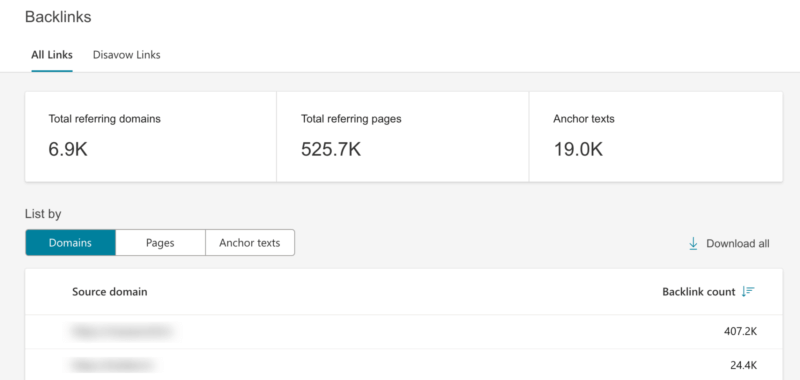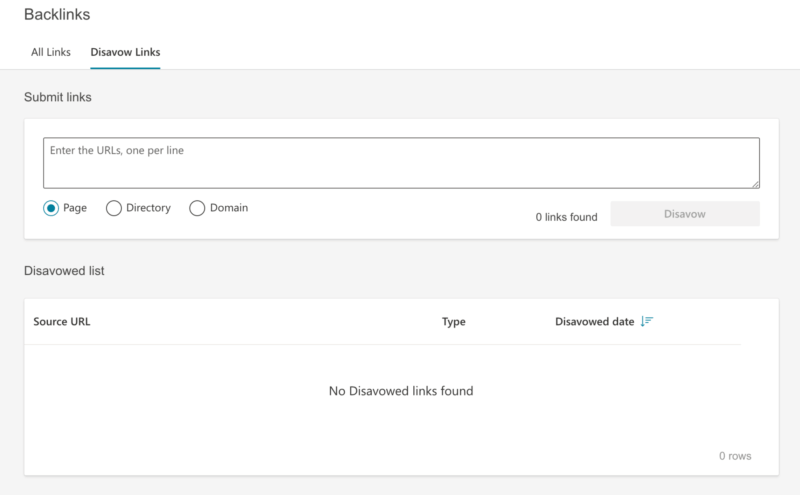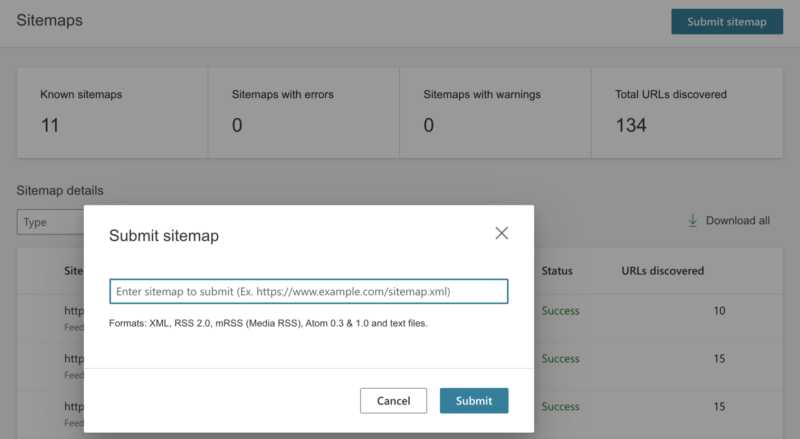In light of a limited workforce and the unique needs of people during the COVID-19 pandemic, Google says it will be temporarily removing some features from Google My Business to better prioritize important updates for the time being.
“During the unprecedented COVID-19 situation, we are taking steps to protect the health of our team members and reduce the need for people to come into our offices. As a result, there may be some temporary limitations and delays in support as we prioritize critical services.”
For the foreseeable future, these Google My Business features may be limited or removed.
Reviews and Q&A
Perhaps the most noticeable change for businesses and customers alike is that GMB will no longer be publishing new reviews, review replies, or new Q&A responses until further notice. However, existing reviews and Q&A’s will remain visible on your listing.
Although the company hasn’t clarified, most take this to mean that any reviews, replies, or questions submitted during this period will be held until Google has the resources and available workforce to properly review these updates.
New Listings or Verification
Google My Business has instructed its team to prioritize critical health-related businesses when reviewing new listings, claims, and verification for GMB listings.
This means that while new listings for non-health-related businesses will still be processed, they may be delayed in favor of more critical updates or listings.
Business Listing Updates
Similarly, Google will be prioritizing healthcare-related listings when reviewing edits to existing business listings.
This includes edits relating to:
- Changes to open and closed states
- Special hours
- Temporary closures
- Business descriptions
- Business attributes
GMB says it is working to keep customers updated about all business changes during this time, though it must focus on those to health-related businesses.
Google Posts
Although Google has not made any official comments about Google Post functionality during the coronavirus epidemic, many have noticed extreme delays when publishing new Posts. This may lead to issues with updating customers about new hours, product shipments, or new services like delivery or curbside service. Instead, Google appears to be allowing businesses to temporarily add these details to their business name.
As Joy Hawkins explained in a recent Local Search Forum post, “Google said that they are fine with restaurants adding ‘Delivery Available’ or ‘Takeout Available’ to their business names during these crazy times.”

